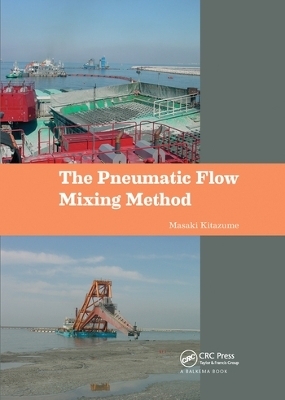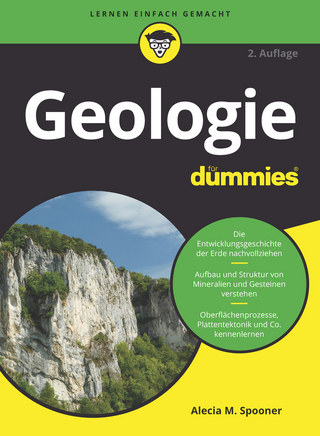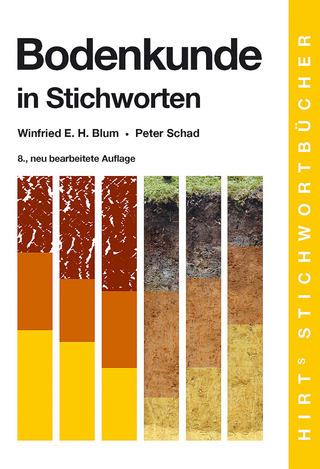
The Pneumatic Flow Mixing Method
CRC Press (Verlag)
978-0-367-57424-6 (ISBN)
The pneumatic flow mixing method was developed to stabilize dredged soil and surplus soil for promoting their beneficial use in 1999. The pneumatic flow mixing method is a new type of the ex-situ cement stabilization techniques, in which dredged soil and surplus soil is mixed with a relatively small amount of chemical binder without any mixing paddles and blades in a pipeline. When a relatively large amount of compressed air is injected into the pipeline, soil can be separated into small blocks. When binder is injected into the pipeline, the soil block and binder are thoroughly mixed by means of turbulent flow generated in the soil block during transporting. As this method has many benefits − rapid and large scale execution can be conducted with low cost − it has been applied to many land reclamation projects, backfilling behind earth retaining wall projects and shallow stabilization projects using dredged soils and surplus soils.
The Pneumatic Flow Mixing Method is a useful reference tool for engineers and researchers involved in admixture stabilization technology everywhere, regardless of local soil conditions and a variety in applications.
Masaki Kitazume is professor of Geotechnical Engineering at the Department of Civil and Environmental Engineering at Tokyo Institute of Technology, Japan. He has over 35 years of experience in research and teaching of soil stabilization, ground improvement and foundation engineering, and published several text books on the design and quality control and assurance of ground improvement techniques including the deep mixing method and the sand compaction pile method.
1. An overview of Admixture Stabilization – Evolution of Pneumatic Flow Mixing and Scope of the Book1 Introduction
2 Cement admixture stabilization techniques
3 Development, mechanism and applications of the Pneumatic Flow Mixing method
4 Scope of the textbook
2. Factors Affecting Strength Increase1 Introduction
2 Mechanism of cement stabilization
3 Influence of various factors on stabilization effect
4 Prediction of strength
3. Engineering Properties of Stabilized Soils1 Introduction
2 Properties of stabilized soil mixture before hardening
3 Properties of stabilized soil after hardening
4 Properties of stabilized soil subjected to disturbance/compaction
5 Engineering properties of cement stabilized soil produced in-situ
6 Summary
4. Applications1 Introduction
2 Improvement purposes and applications
3 Selected case histories of the method in Japan
5. Equipment, Construction, and Quality Control and Assurance1 Introduction
2 Equipment
3 Construction procedure
4 Quality control
6. Geotechnical Design of Stabilized Soil Ground1 Introduction
2 Design strength
3 Geotechnical design
APPENDIX A Japanese Laboratory Mix Test Procedure1 Introduction
2 Testing equipment
3 Making and curing of specimens
4 Report
5 Use of Specimens
| Erscheinungsdatum | 01.07.2020 |
|---|---|
| Verlagsort | London |
| Sprache | englisch |
| Maße | 174 x 246 mm |
| Gewicht | 453 g |
| Themenwelt | Naturwissenschaften ► Geowissenschaften ► Geologie |
| Technik ► Bauwesen | |
| ISBN-10 | 0-367-57424-1 / 0367574241 |
| ISBN-13 | 978-0-367-57424-6 / 9780367574246 |
| Zustand | Neuware |
| Informationen gemäß Produktsicherheitsverordnung (GPSR) | |
| Haben Sie eine Frage zum Produkt? |
aus dem Bereich


